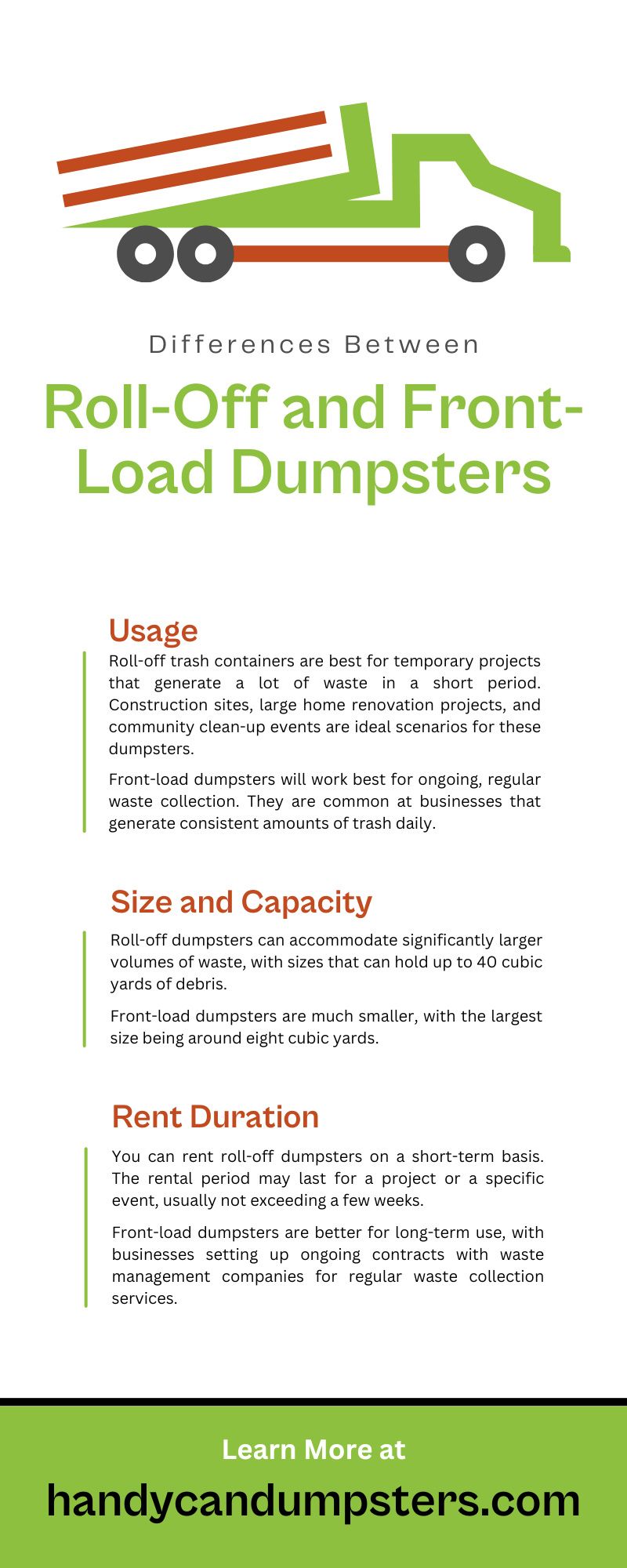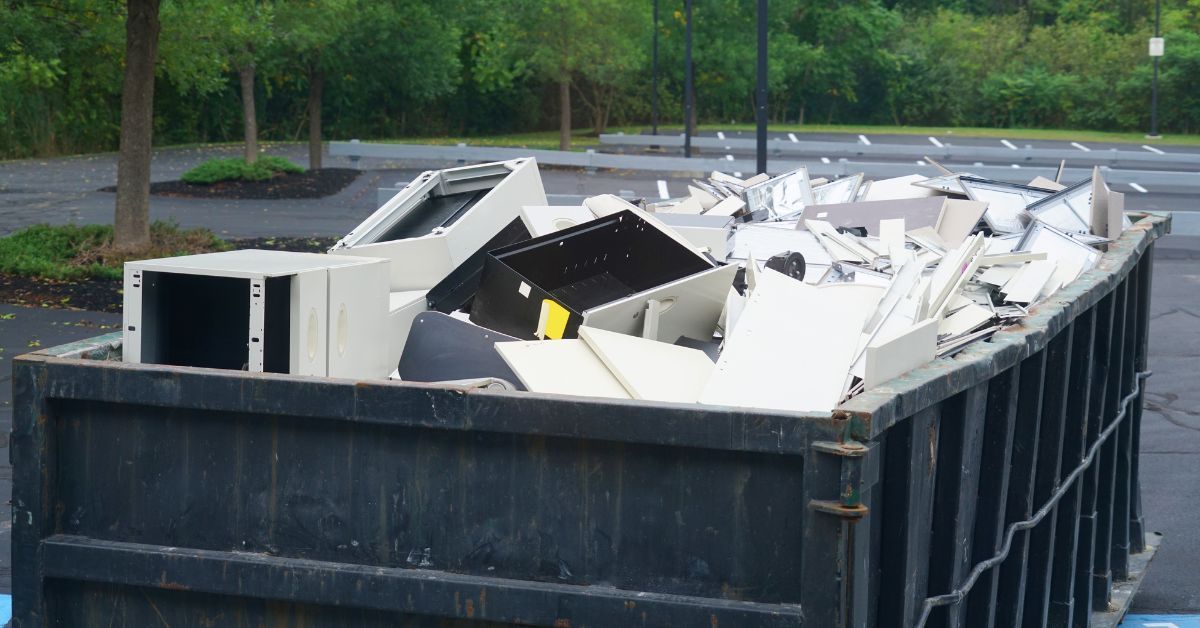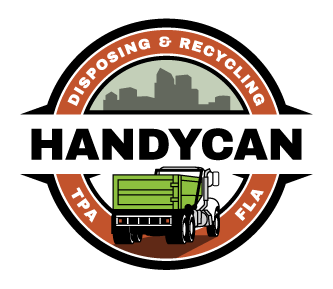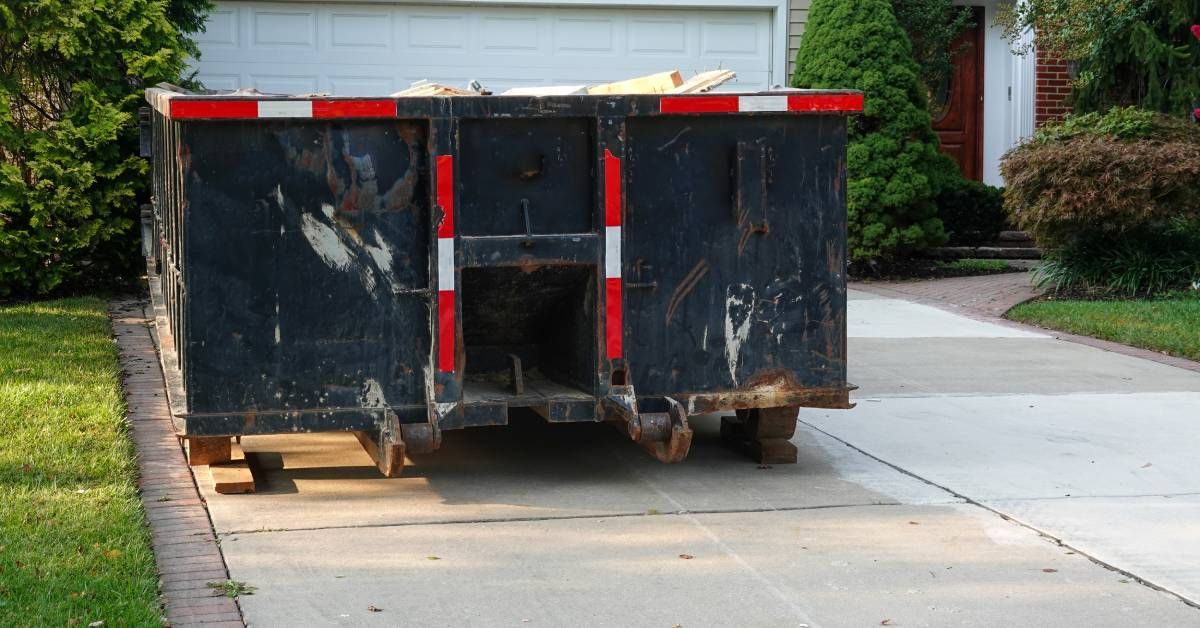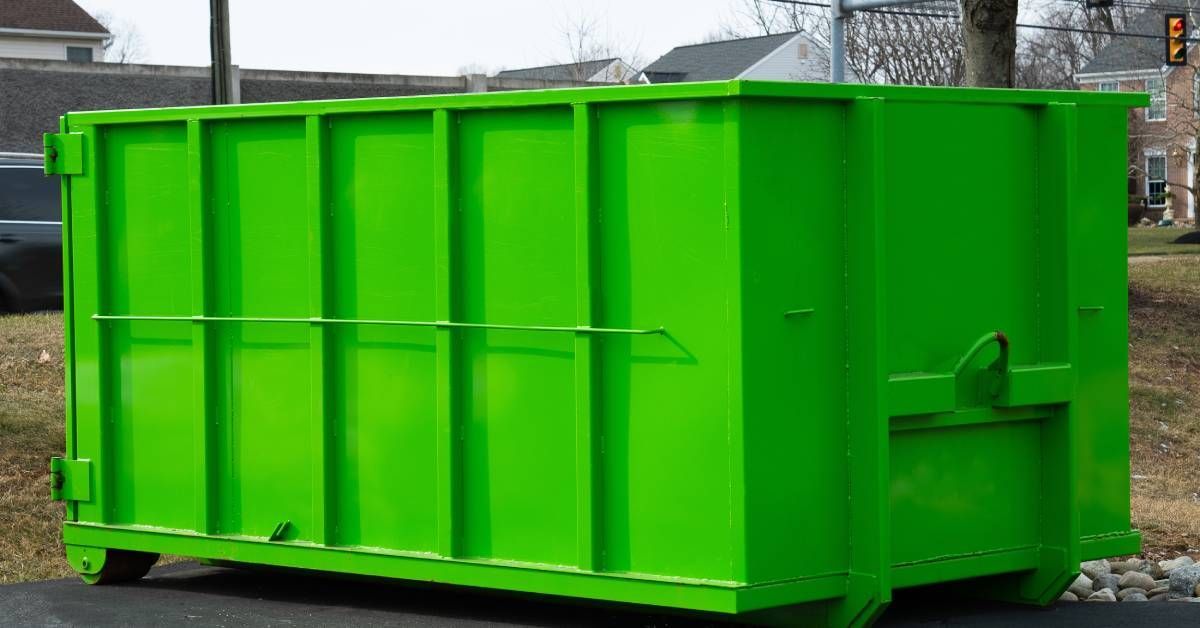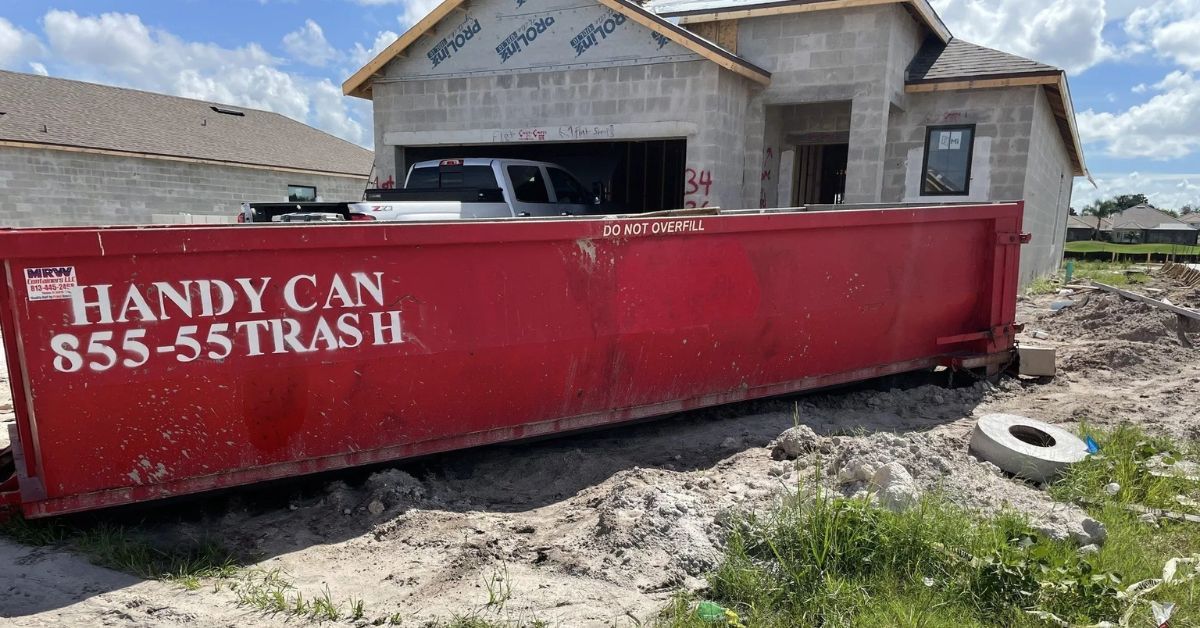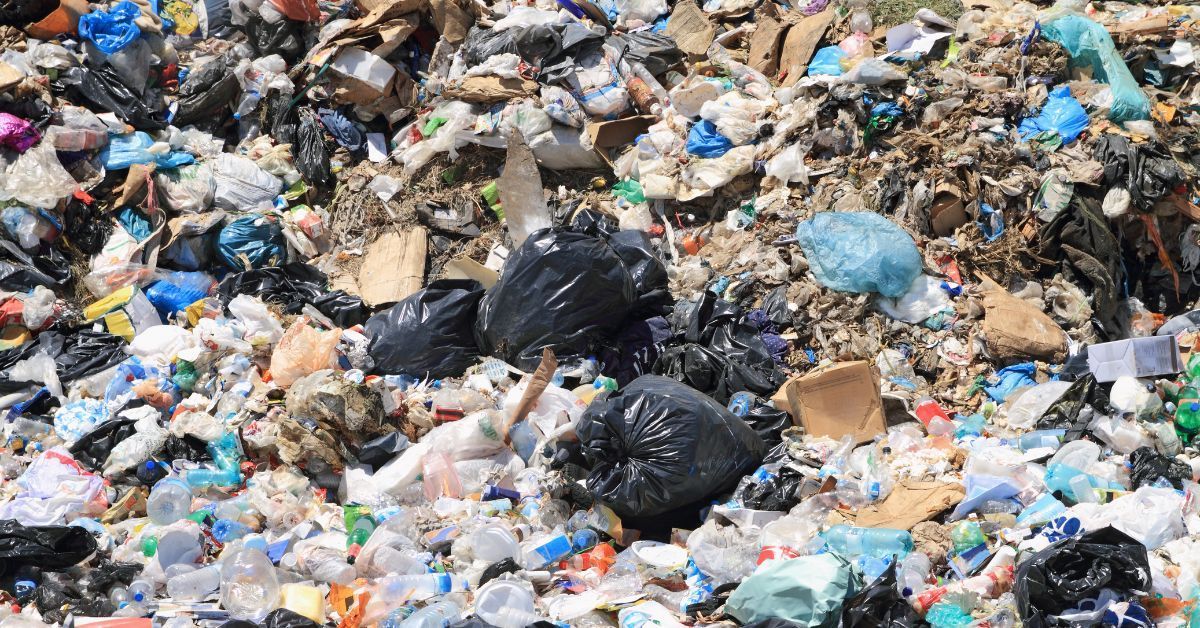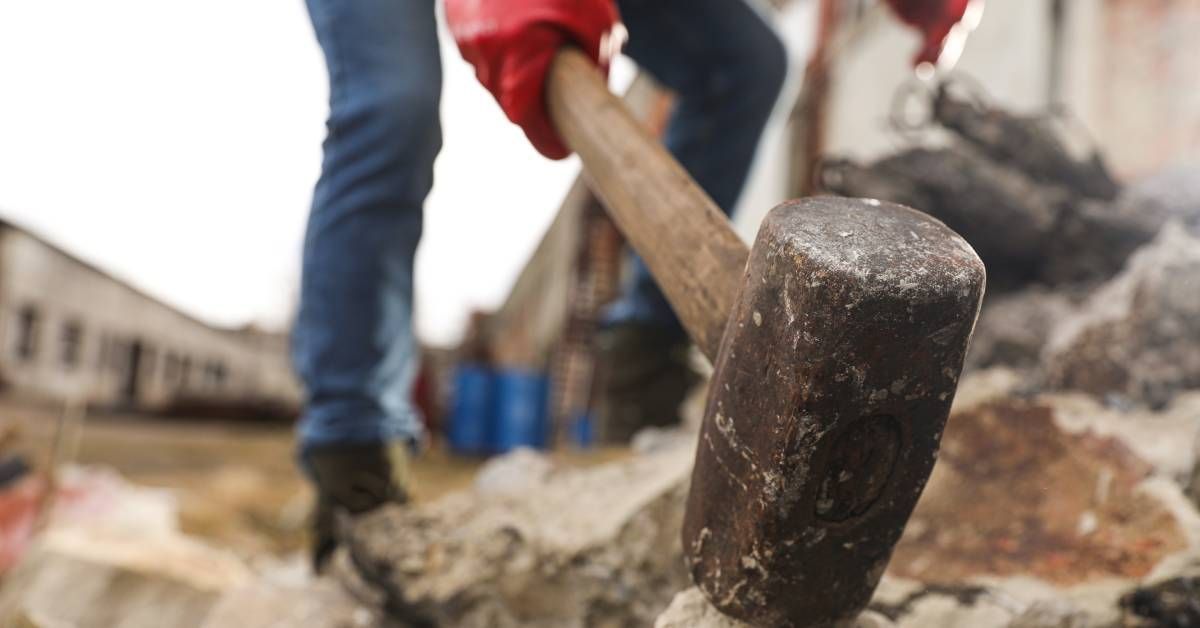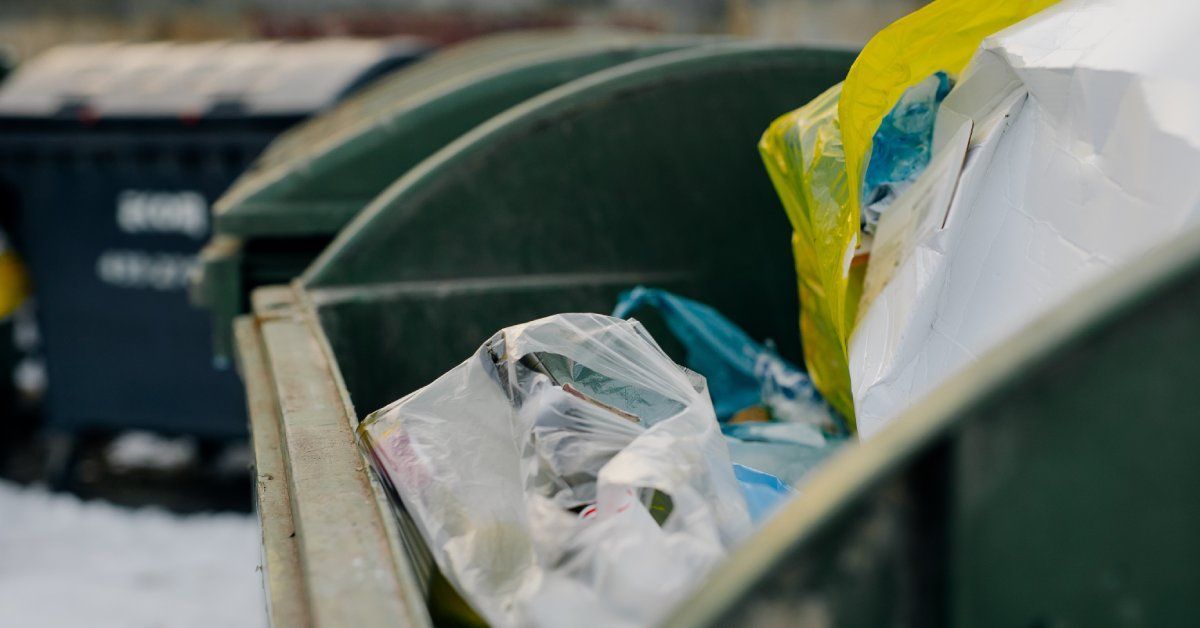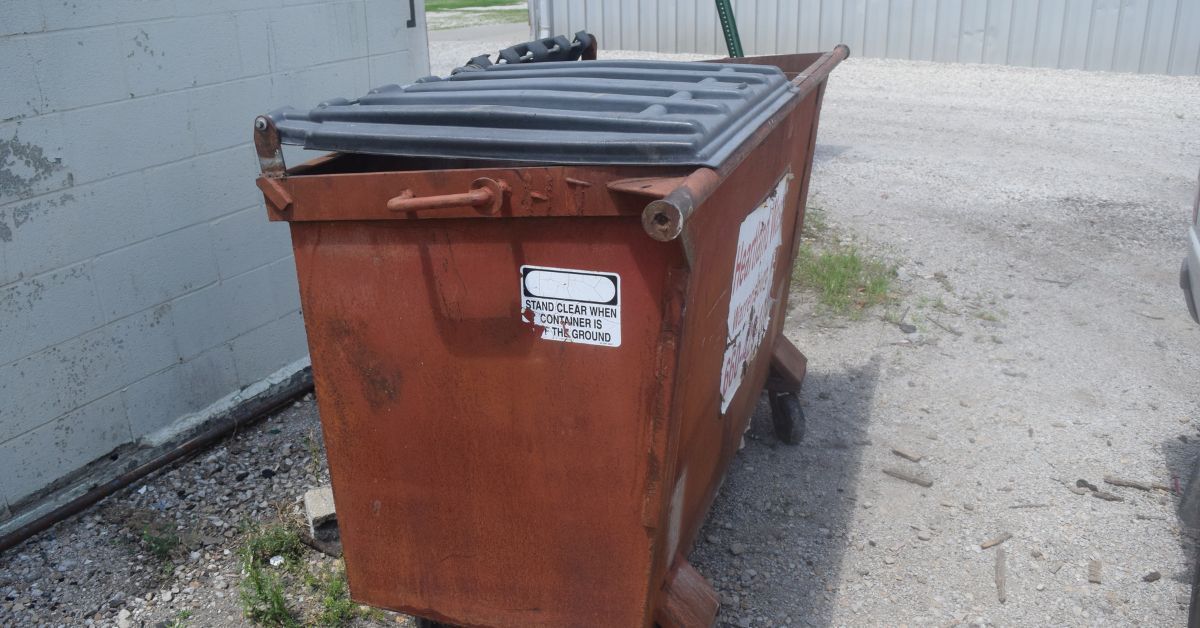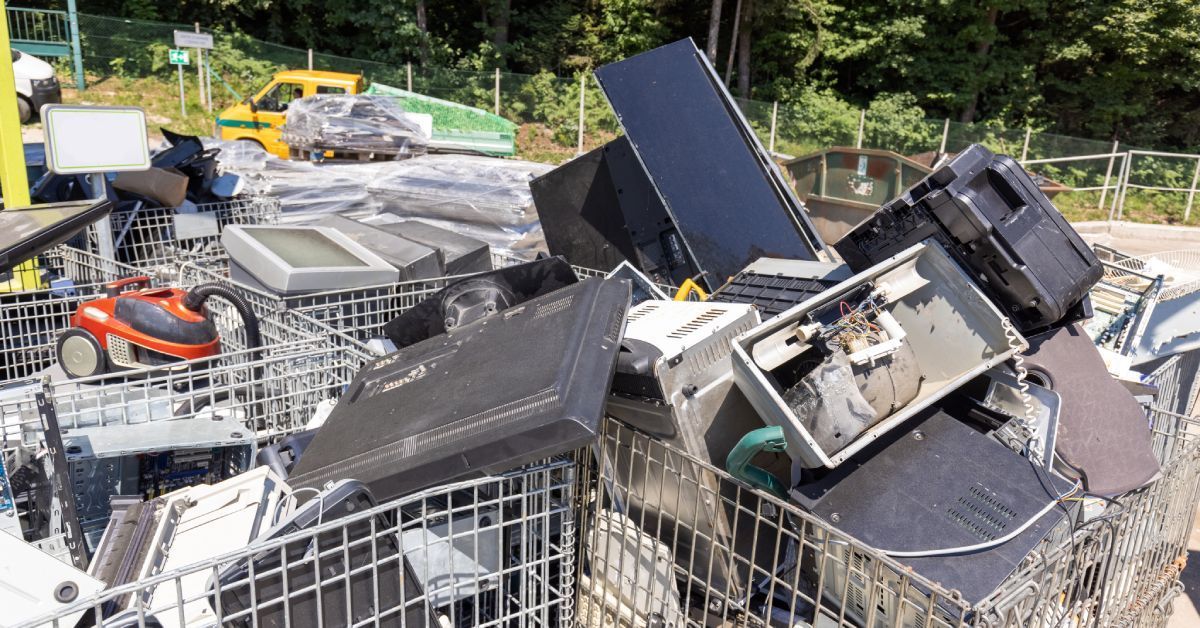Differences Between Roll-Off and Front-Load Dumpsters
When it comes to waste management solutions for businesses and construction projects, choosing the right type of dumpster is crucial. The two main types of dumpsters available are roll-off dumpsters and front-load dumpsters. Each serves unique purposes and comes with its own set of advantages. Understanding these differences between roll-off and front-load dumpsters will help you make the right decision.
Introduction to Dumpster Types
Roll-off dumpsters are large, rectangular containers that, as the name suggests, roll off the back of a truck onto your site. They are open-topped and often come in sizes ranging from 10 to 40 cubic yards. These dumpsters can handle various waste removal tasks, including handling construction debris and large household cleanouts.
Front-load dumpsters, on the other hand, are smaller than roll-off dumpsters and are common behind commercial properties, such as restaurants and retail stores. These dumpsters have lids, and waste management companies regularly empty them. The trucks used in this process have front-facing forks that lift and empty the container. Sizes typically range from 2 to 8 cubic yards.
Key Differences
What are some of the key differences between roll-off and front-load dumpsters? Keep reading to explore more information about these two.
Usage
Roll-off trash containers are best for temporary projects that generate a lot of waste in a short period. Construction sites, large home renovation projects, and community clean-up events are ideal scenarios for these dumpsters. Their capacity to hold substantial amounts of debris makes them a go-to choice for projects requiring significant waste removal.
Front-load dumpsters will work best for ongoing, regular waste collection. They are common at businesses that generate consistent amounts of trash daily. Restaurants, offices, and small shops benefit from the scheduled pick-up service that works well with the predictable volume of waste they produce.
Size and Capacity
Roll-off dumpsters can accommodate significantly larger volumes of waste, with sizes that can hold up to 40 cubic yards of debris. This capacity is essential for projects with large-scale waste disposal needs.
Front-load dumpsters are much smaller, with the largest size being around eight cubic yards. This size difference means they’re better for locations with limited space and less waste production.
Rent Duration
You can rent roll-off dumpsters on a short-term basis. The rental period may last for a project or a specific event, usually not exceeding a few weeks.
Front-load dumpsters are better for long-term use, with businesses setting up ongoing contracts with waste management companies for regular waste collection services.
Cost
The cost of renting roll-off dumpsters is generally higher than front-load dumpsters due to their larger size and short-term use. Pricing will also depend on the rental duration, the dumpster’s size, and the type of waste.
For front-load dumpsters, dumpster rental companies collect a monthly fee that covers the dumpster and the scheduled waste collection service. This fee can be more manageable for small businesses due to the predictable and consistent expense.
Placement and Mobility
Roll-off dumpsters require enough space for delivery and require placement on a solid, flat surface. Since a roll-off truck delivers and removes them, their placement on a property is more flexible. Still, it requires careful planning to ensure the dumpster doesn’t block access or infringe on prohibited areas.
Front-load dumpsters are more permanent solutions that must remain accessible for the front-loading garbage trucks. Their placement often requires strategic planning to ensure they don’t interfere with business operations or customer access.
Which One To Choose?
Selecting between a roll-off and front-load dumpster involves understanding your specific needs. For short-term projects with large amounts of waste, a roll-off dumpster is likely the best choice.
A front-load dumpster would be more appropriate if your business generates a consistent amount of waste and needs regular disposal. Don’t forget to consider factors such as the project’s duration, waste volume, and the space available for the dumpster when deciding.
Best Times To Rent a Dumpster
Deciding when to rent a dumpster is as crucial as choosing the right type for your project. The timing can influence not only the cost and availability of the dumpster but also the efficiency of your waste management plan.
Seasonal Clean-Ups
Spring and fall are popular times for residential and commercial properties to engage in thorough clean-ups. The mild weather during these seasons makes them ideal for disposing of accumulated waste, unwanted items, and yard debris. Renting a dumpster can simplify the process, providing a central place for all waste materials that would otherwise overburden standard trash bins and dumpsters.
Construction and Renovation Projects
The start of a construction or renovation project is the perfect time to consider a roll-off dumpster rental. Projects such as building additions, remodeling kitchens, or renovating offices generate significant amounts of debris you need to manage efficiently. Having a dumpster on-site helps keep the area safe and organized.
Before Moving
If you plan to move, renting a roll-off dumpster a few weeks before your move can be incredibly beneficial. It allows you to declutter your home or office, eliminate unnecessary items, and ensure you only take what you need to your new location. This rental simplifies the moving process while reducing moving costs.
Event Planning
Having a dumpster on-site is essential for events such as festivals, community clean-up days, or large gatherings. These events often generate more waste than usual, and regular trash bins may not suffice. Renting a dumpster ensures all waste is easy to manage and dispose of properly after the event.
End-of-Year Cleaning
Businesses often use the end of the financial year as an opportunity to clear out old files, outdated inventory, and unused equipment. This period can be optimal for renting a front-load dumpster for regular waste collection or a roll-off dumpster for a one-time, large-scale cleanout.
Local Regulations and Permits
It’s also important to consider local regulations and permits when renting a dumpster. Some areas may have specific times of the year when dumpster rentals are restricted or require special permits. Checking with your local municipality or waste management provider beforehand can save you from potential fines and ensure your project complies with local laws.
Ensuring Availability
Finally, planning ahead can help ensure you receive the dumpster size you need. During peak construction seasons or around popular clean-up times, dumpster demand can increase, leading to shortages. Booking your dumpster rental well in advance can secure the resources you need for your project without delay.
Timing your dumpster rental can make a significant difference in the success of your waste management strategy. Whether gearing up for a big move or getting ready for a community event, understanding the best times to rent a dumpster ensures your project remains on schedule. Always consider your specific needs, local regulations, and the advice of your chosen waste management service to select the optimal time for dumpster rental.
In the realm of waste management, both roll-off and front-load dumpsters play vital roles. Businesses, homeowners, and project managers can make better decisions that align with their waste disposal requirements by distinguishing the two.
